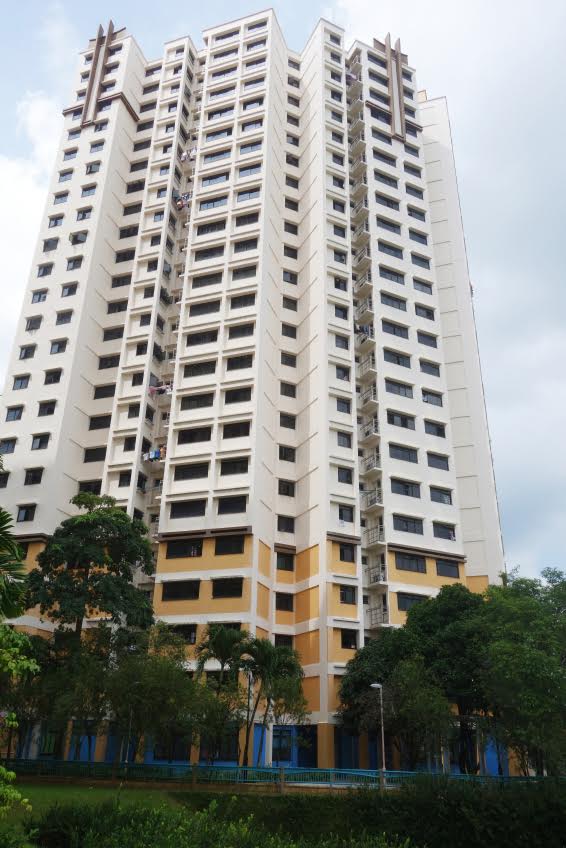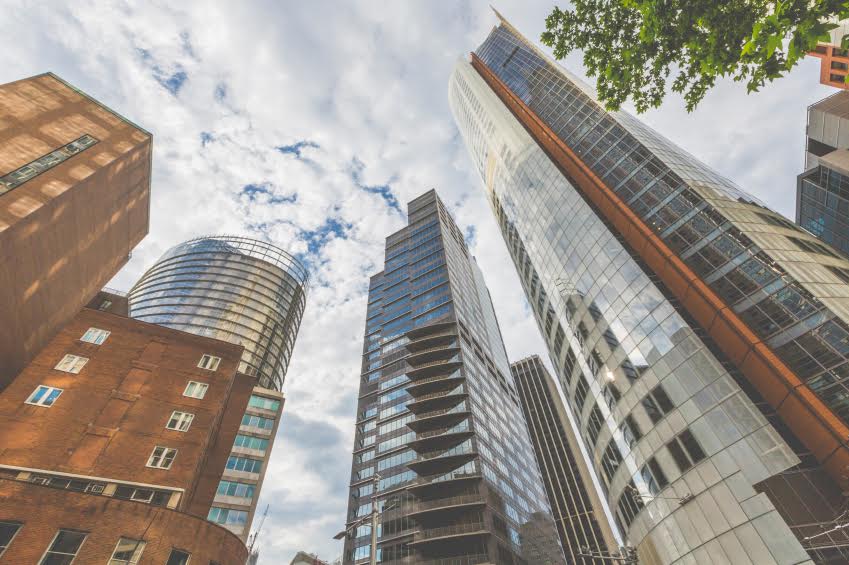Plenty of us will choose a groundfloor dwelling in retirement – maybe something cosy near the sea. But that doesn’t mean the rest of us won’t consider a high-rise unit if it meets our downsizing criteria, right?
Of course there’s nothing wrong with that, but a study published in the Canadian Medical Association Journal might encourage you to think twice, especially if you or your partner is prone to serious health issues.
The study found that residents of high-rise buildings had better survival rates from cardiac arrest if they lived on the first few floors, but for people living above the 16th floor, survival was “negligible”.
Toronto paramedic, researcher and study co-author Ian Drennan said as his country’s number of high-rise buildings continued to increase, it was “important to determine the effect of delays to patient care in high-rise buildings on survival after cardiac arrest”.
In the study, the further a patient with cardiac arrest is from the ground floor, the lower the survival rate.
The research regarded the interval from arrival of an emergency vehicle, to 911-initiated first responders reaching a patient having a cardiac arrest.
Other studies, which have also shown poor survival rates, have measured response time between the call to 911 and arrival of an emergency vehicle on scene, but not the time to reach the patient.
Of 8216 people who had cardiac arrests in private residences and were treated by 911-initiated first responders, 3.8% survived to be discharged from hospital.
Of the 5998 (73%) people living below the 3rd floor who had cardiac arrests, 252 (4.2%) survived the arrest, but only 48 (2.6%) of the 1844 people living above the 3rd floor survived.
When analysed floor by floor, the researchers found a survival rate of only 0.9% in those living above the 16th floor (2 of 216) and no survivors (0 of 30) in those living above the 25th floor.

The researchers outlined several solutions to improve time to patient contact, such as giving 911-initiated first responders sole access to elevators for emergency service without public interference, similar to the access of firefighters during a fire; emergency alerts to building staff before arrival of the first responders; and better placement of defibrillators to increase bystander use.
The authors of a related commentary provide possible solutions to help improve survival rates, including CPR/AED training for residents of high-rise apartments, a national online registry of public-access defibrillators linked to first-responder applications, and using smartphones to activate volunteer first responders for patients with cardiac arrest.
Singapore General Hospital’s Department of Emergency Medicine associate professor Marcus Eng Hock Ong said his country has a “multipronged” approach to addressing high-rise residential cardiac arrests.
“A large public campaign is currently underway to enrol residents’ committees as first responders and to train one million people over the next five years.”
In Australia, it seems fair to say we generally live closer to the ground, so perhaps this isn’t such a big problem. Still, with capital city councils around the nation consistantly approving contructions for inner-city, residential high-rises, it’s food for thought.
Originally published by Science Daily.























Add Comment